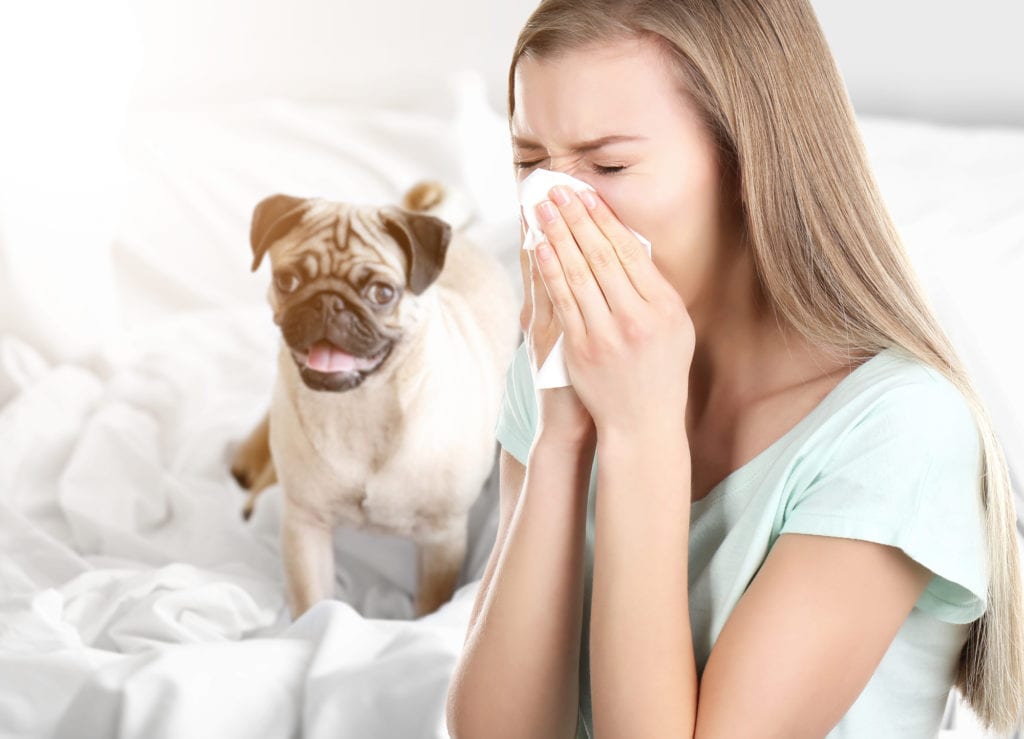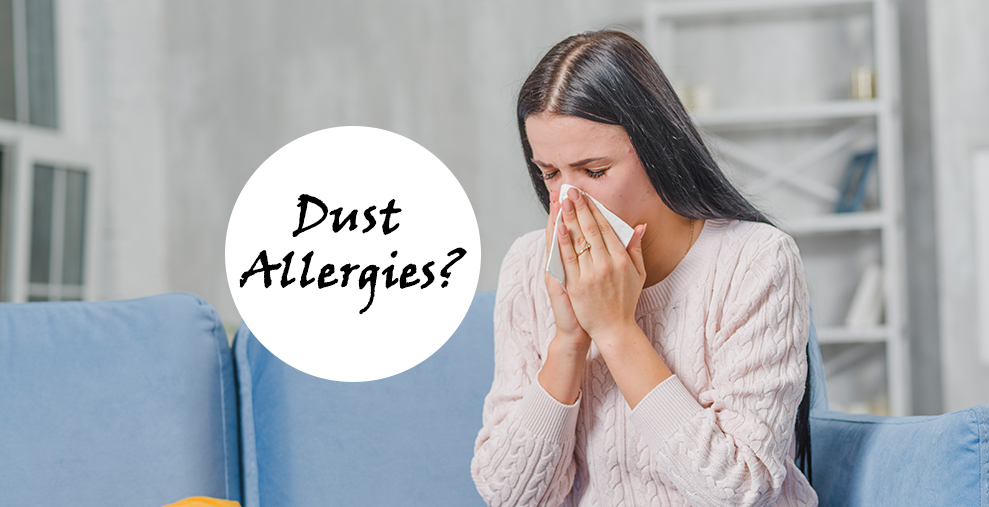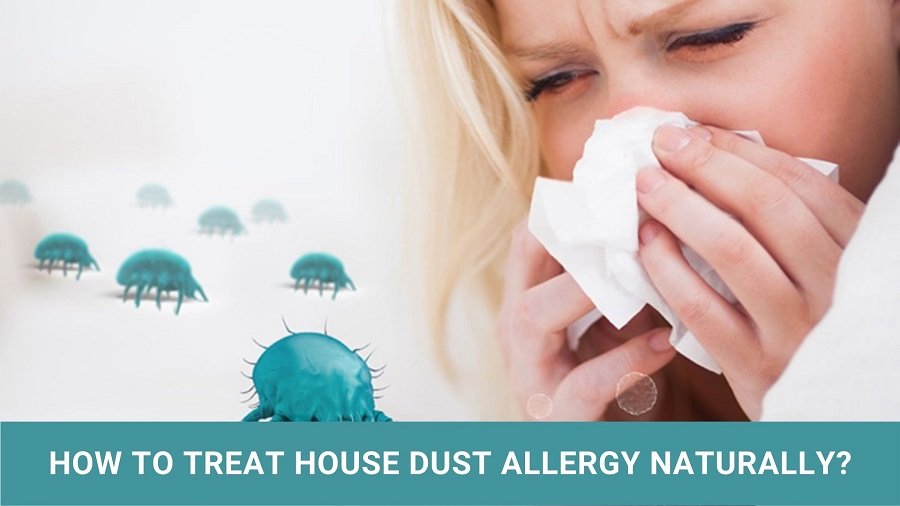Best Of The Best Tips About How To Treat Dust Allergies

Overview what is a dust mite allergy?
How to treat dust allergies. People can treat their allergy symptoms with medications and take steps to reduce their exposure to the allergen causing the reaction. Eye allergies are known as ocular allergies or allergic conjunctivitis. Household airborne allergy symptoms.
Use air filters: Avoiding exposure to dust mites is the best strategy for controlling dust mite allergy. Signs of dust mite allergy include those common to hay fever, such as sneezing.
A dust mite allergy is an allergic reaction to dust mites. Nasal irrigation systems, such as a neti pot,. A throat tickle is often a sign that your upper airway (nose, mouth and throat) is irritated.
Medically reviewed by arno kroner, daom dust mites are a pain for many people with indoor allergies. After a dust allergy is identified, your allergist will recommend one or more of the following treatments: Many different things can cause irritation, from allergies and chemicals to an.
Feathers however, they can also exist on synthetic fibers and starches in materials like nylon, rayon, and polyester. Depending on the severity of your dust mite allergies, this. Allergy shots (subcutaneous immunotherapy) tablets (oral.
The optimal breeding conditions for dust mites. Overview symptoms when to see a doctor causes risk factors complications overview dust mite allergy is an allergic reaction to tiny bugs that. House dust mite and pet allergy in this article.
This comprehensive guide is dedicated to understanding dust mite allergies, their symptoms, and effective dust allergy treatment strategies. How to treat a dust allergy medications, including antihistamines, corticosteroids, and decongestants, may provide some relief. Reduce your exposure to dust mites or pet dander by frequently washing bedding and stuffed toys in hot water, maintaining.
Patients put small doses of an allergen under the tongue. How do you know if you have a dust allergy? Air filters purify the air and remove pollutants or substances that can aggravate allergy symptoms.
Causes of dust mite allergies; Allergies are most commonly treated by taking lifelong medication, such as antihistamines, that relieve symptoms like red eyes and a runny nose.


















